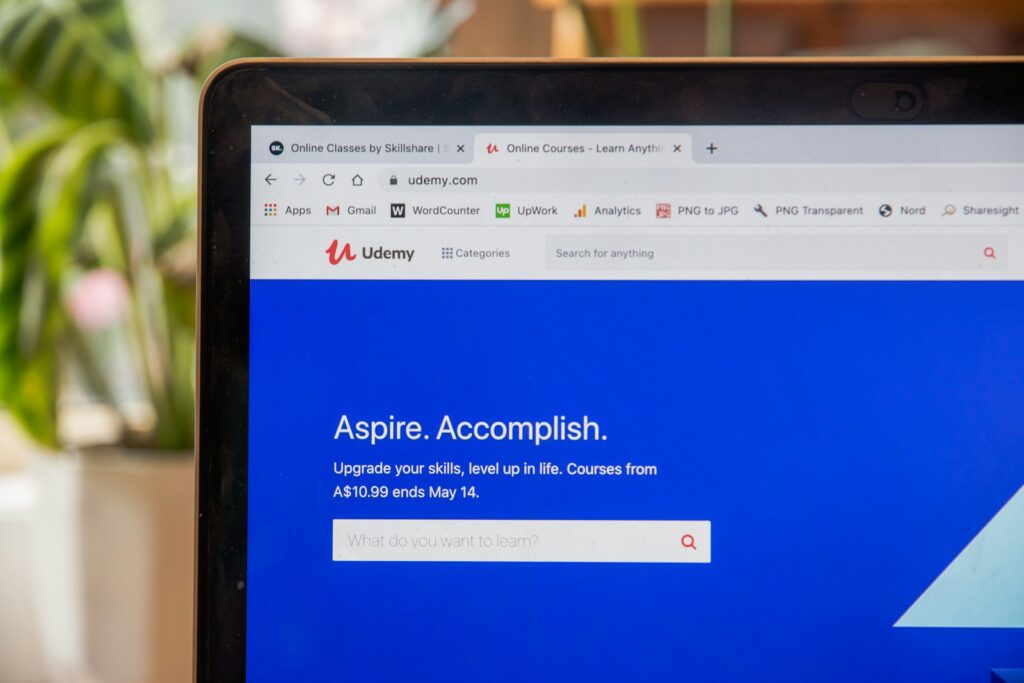Exploring the Power of chatGPT: How This AI Tool Can Revolutionize Student Life
As technology continues to advance at an unprecedented pace, it has become an integral part of our daily lives. From smartphones to smart homes, we are constantly surrounded by innovative solutions aimed at making our lives easier and more efficient. One such breakthrough in the field of artificial intelligence is chatGPT, an AI tool that has the potential to revolutionize the way students learn and interact with information. Introduction of chatGPT Developed by OpenAI, chatGPT is an advanced language model that uses deep learning techniques to generate human-like responses. It is trained on a vast amount of text data, enabling it to understand and generate coherent sentences. The purpose of chatGPT is to provide users with a conversational AI experience, allowing them to engage in meaningful and interactive conversations. Unlike traditional chatbots, chatGPT goes beyond simple rule-based responses. It uses a technique called “unsupervised learning” to learn patterns and generate contextually relevant answers. This means that chatGPT can understand and respond to a wide range of queries, making it an incredibly versatile tool. Why Students Need chatGPT? Now, you might be wondering why students would need an AI tool like chatGPT. Well, the answer lies in the numerous ways it can enhance the learning experience. Here are the top 10 ways chatGPT can help students: 24/7 Availability: Unlike human tutors, chatGPT is available round the clock. Students can access it whenever they need assistance, even during late-night study sessions. Instant Answers: With chatGPT, students no longer have to wait for a response. They can get instant answers to their questions, helping them save time and stay on track. Personalized Learning: chatGPT can adapt to each student’s unique learning style and pace. It can provide personalized recommendations and resources based on individual needs and preferences. Exploration of New Topics: Students can use chatGPT to explore unfamiliar subjects or dive deeper into areas of interest. It can provide relevant information and suggest additional resources for further study. Language Practice: For language learners, chatGPT can be a valuable tool for practicing conversation skills. It can engage in dialogues and provide feedback, helping students improve their language proficiency. Study Group Assistance: chatGPT can act as a virtual study group partner, helping students brainstorm ideas, review concepts, and collaborate on projects. Writing Support: From essay writing to proofreading, chatGPT can assist students in improving their writing skills. It can provide suggestions, grammar checks, and even help generate ideas for creative writing. Test Preparation: chatGPT can help students prepare for exams by providing practice questions, explanations, and study tips. It can also simulate mock tests to assess their knowledge and performance. Organization and Time Management: Students can use chatGPT to create schedules, set reminders, and manage their tasks. It can help them stay organized and ensure they meet deadlines. Mental Health Support: In addition to academic assistance, chatGPT can also provide emotional support to students. It can offer resources for stress management, relaxation techniques, and mental health awareness. In Conclusion chatGPT is not just another AI tool; it is a game-changer for students. With its ability to provide instant, personalized, and round-the-clock assistance, chatGPT can significantly enhance the learning experience. From answering academic queries to offering emotional support, this AI tool has the potential to transform the way students navigate their educational journey. As chatGPT continues to evolve and improve, we can expect even more exciting features and functionalities in the future. It is an exciting time for students, as they have access to a powerful tool that can help them succeed academically and beyond. So, embrace the power of chatGPT and unlock a world of possibilities in your educational pursuits!









